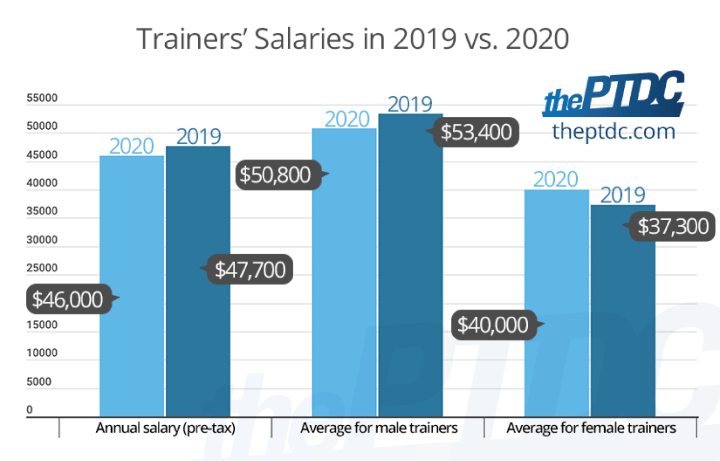
For beginners, it is important to focus on compound movements. This will allow muscles to work harder without feeling strained. It is important to allow your body at least 48 hours between workouts. Additionally, beginner athletes shouldn't attempt to target each muscle group individually. This will limit the body's ability to build muscle and cause more time for recovery. Compound exercises are best for beginners because they target several muscle groups at once, and can be performed efficiently on the whole body.
10 best full-body exercises for beginners
Beginners should avoid complex moves and concentrate on full-body exercises that engage all muscle groups. You should also avoid overtraining your body and stop if you feel discomfort. Stretch your body after your workout to help it recover. Beginners should also follow a proper stretching routine after workouts to avoid injury.
You don't need any equipment to do full-body exercises. They take about 30 minutes. They can be used to burn fat and calories as well as improve your musculature's stability, tensegrity, and flexibility. You can also target multiple muscles at once with full-body exercises.
Focus on compound movements
For beginners, it's important to focus on compound movements, which are movements that involve more than one major muscle group. Because they engage multiple muscles simultaneously, compound movements are more efficient and save you time. However, they can be intimidating to beginners because they require coordination and good form. Here are some tips and tricks to improve your form.

The carry is one of the most effective exercises for beginners. You will work all major muscle group, including the shoulders and arms. You can use dumbbells or a weighted barbell to do this exercise. Try to do this exercise standing up, as this is the best way to hit all three deltoid heads.
While doing full-body workouts, avoid back discomfort
If you don’t know how to avoid pain, doing full-body exercises for beginners may be difficult. To avoid pain, it's important that you use the correct form and weights. A bench or wall can also be used to support the body. You should keep your shoulders and head off the floor as you move slowly and gradually lower and extend your body. This will help to prevent back pain.
Upper-body lifts are a great way to strengthen your back muscles. Use the right technique to ensure that your back joints, ligaments and muscles are not put under unnecessary strain. It is important to do at minimum six repetitions per set and two sets. If you are experiencing back pain, ensure that you do these exercises in semi-reclined positions.
Start with a 3-day programme
To get the most out of your workout, try to do three days of full body exercises each week. This will give you enough time to recover between workout sessions. The ideal split is Monday, Wednesday, and Friday, with a day off in between. The weekends are a time to relax and recover, so make sure to schedule those days off wisely. We all know that life is unpredictable and you might have to miss a session due to an unforeseen circumstance. You can always make up the day if this happens.
Good warm-ups are important for anyone who works out. To prevent injuries and issues with form, beginner lifters should be careful not to lift too much weight. Mobility exercises, which focus on the hips and knees as well as the shoulders, are essential. Remember to maintain a correct form and not compare yourself to more experienced lifters. The more you practice, your skills will improve.

Full-body exercises can help you avoid repetitive motion injuries
Repetitive motion injuries can be avoided by doing full-body exercises for beginners. These injuries are very painful and can affect your daily activities. Bursitis, tendinitis, and tendinitis are two common examples of repetitive movement injuries. These conditions can occur when the joints become inflamed due to repetitive motion exercises and overuse. They can affect any part of the joint, including the ankle and knee. Other examples of repetitive motion injuries include tennis elbow, runner's knee, and swimmer's shoulder.
Repetitive motion is the leading cause of RSIs. Repetitive motion is essential for many types of activities. Swimming can result in repetitive movement injuries. For these injuries to be prevented, swimmers should strengthen their core muscles and practice good form.
FAQ
Why is it important for you to get enough rest?
A healthy lifestyle requires sleep. Sleep allows your body to repair itself and recover from daily stresses. Getting adequate sleep each night helps you to function optimally throughout the day.
How exercise and nutrition can help to live a happier life
Exercise can help you lose weight, gain muscle mass and reduce stress. Nutrition is important for energy, sleep, mood, and overall health. You can live longer if you eat less meat and moderate alcohol intake, quit smoking, and engage in regular physical activity.
Can I exercise after eating?
It depends on the type and intensity of your exercise. Avoid doing strenuous activity after eating, as it can cause stomach cramps. Light aerobic activities, such as walking or biking, are better.
Statistics
- Physical activity confers the following maternal and fetal health benefits: a decreased risk of pre-eclampsia, gestational hypertension, gestational diabetes (for example, 30% reduction in risk) (who.int)
- Adolescent girls were less active than adolescent boys, with 85% vs. 78% not meeting WHO recommendations of at least 60 minutes of moderate to vigorous intensity physical activity per day. (who.int)
- In high-income countries, 26% of men and 35% of women were insufficiently physically active, as compared to 12% of men and 24% of women in low-income countries. (who.int)
- One study showed that adults who watch more than 4 hours of television daily had an 80% higher risk of death from cardiovascular disease. (heart.org)
External Links
How To
How to Lose Belly Fats More Fast
Belly Fat is often thought of as a problem when trying to lose fat. If you look at it, belly fat is actually a positive thing. Your organs are protected from being damaged by excess belly fat. So let's see how to burn belly fat fast.
Lack of exercise and stress are the main reasons we store body fat. Because of its stimulation of the production hormone cortisol, stress can make us feel hungry continuously. Cortisol can increase insulin levels in the blood. The insulin stores the excess calories as fat. An increased appetite can be caused by a lack of sleep. Exercise helps to break down these extra calories.
There are many methods to lose belly fat. Depending on your budget, you can try each one. Here are some tips to help you get rid of belly fat quickly.
-
Eat less food. Don't eat three large meals at once. You will eat less calories in general.
-
Drink lots of water. Water flushes out toxins from your body and keeps you hydrated. Water before each meal can help you feel fuller longer and reduce your appetite so that you don't overeat.
-
Avoid unhealthy snacks. If you're looking for quick fixes, snack foods like chips, cookies, candies, etc. These tempting snacks might look appealing. These sweet treats can be tempting, but they are high in empty calories and sugar. Choose healthy alternatives like fruits and vegetables, nuts, seeds, whole grains, and seeds.
-
Three times per week, strength training is recommended. Strength training builds muscle mass and burns more calories when you're not working out. It strengthens bones muscles ligaments, tendons and the heart.
-
Regularly walk or stretch. Stretching can improve flexibility, mobility, and reduce back pain. Walking can help you burn calories.
-
Reduce alcohol intake. Your diet is empty of calories, and alcohol has no nutritional content.
-
Lose weight gradually. The first step towards losing weight is to identify what your current weight is. Then calculate your ideal weight by adding 5% to 10% of your total body weight. Once you have calculated your target body weight, you can begin to cut calories by 500-1000 calories every day until your goal is reached.
-
Avoid processed foods. These foods are high in salt, sugar, preservatives, and other harmful ingredients. Processed foods are often very convenient but don't provide enough nutrients to keep you healthy.
-
Don't skip breakfast! Eating breakfast improves concentration, memory, and energy level. Breakfast should contain protein (like eggs), fibre (like oats), as well as complex carbohydrates (like oatmeal).
-
Have regular bowel movements. Constipation or irregularity can lead to gas and bloating. Drink plenty of water to prevent gas and fiber ingestion.